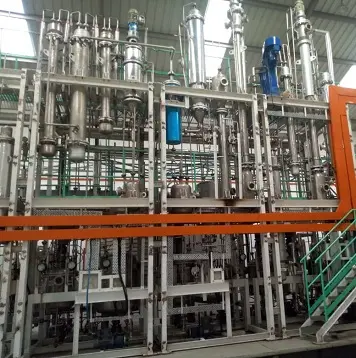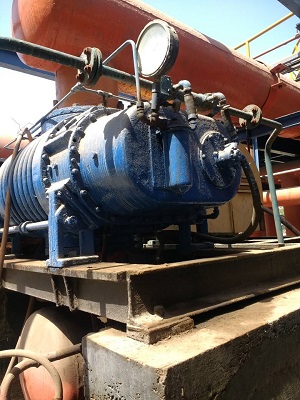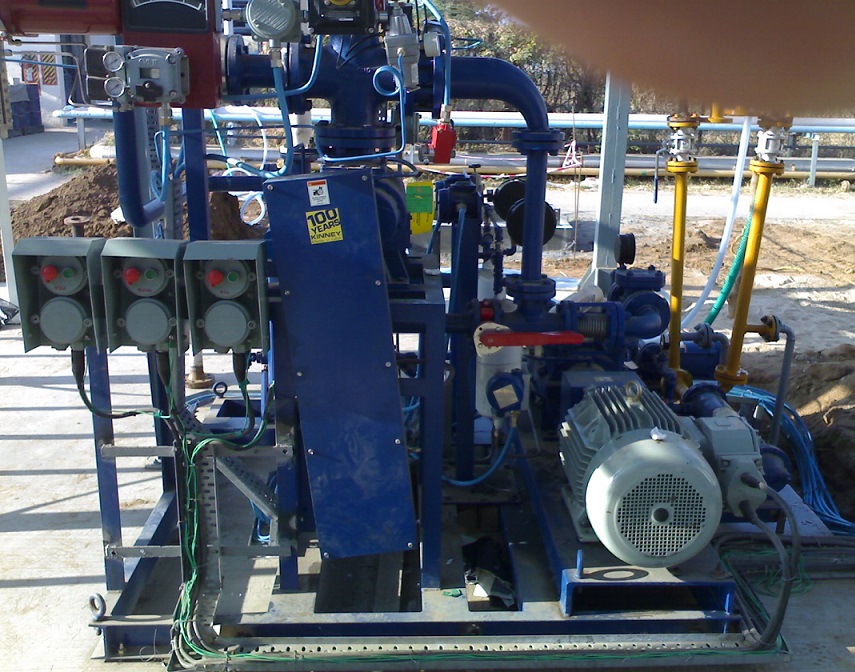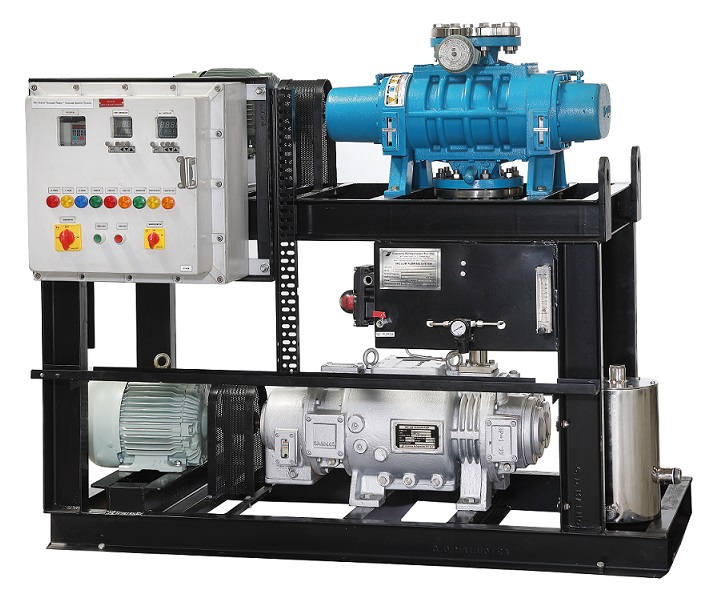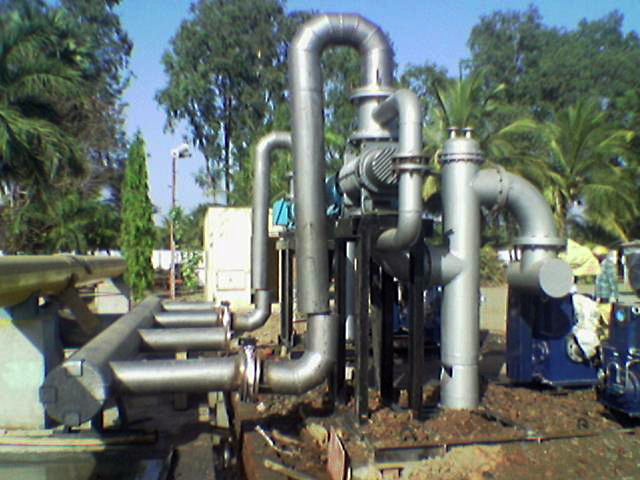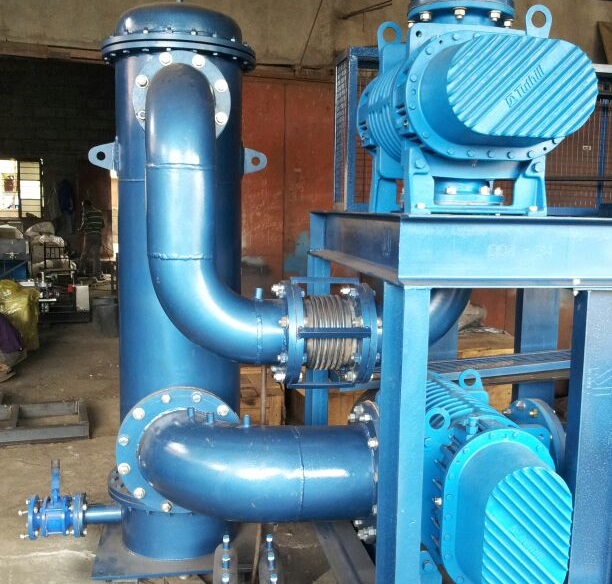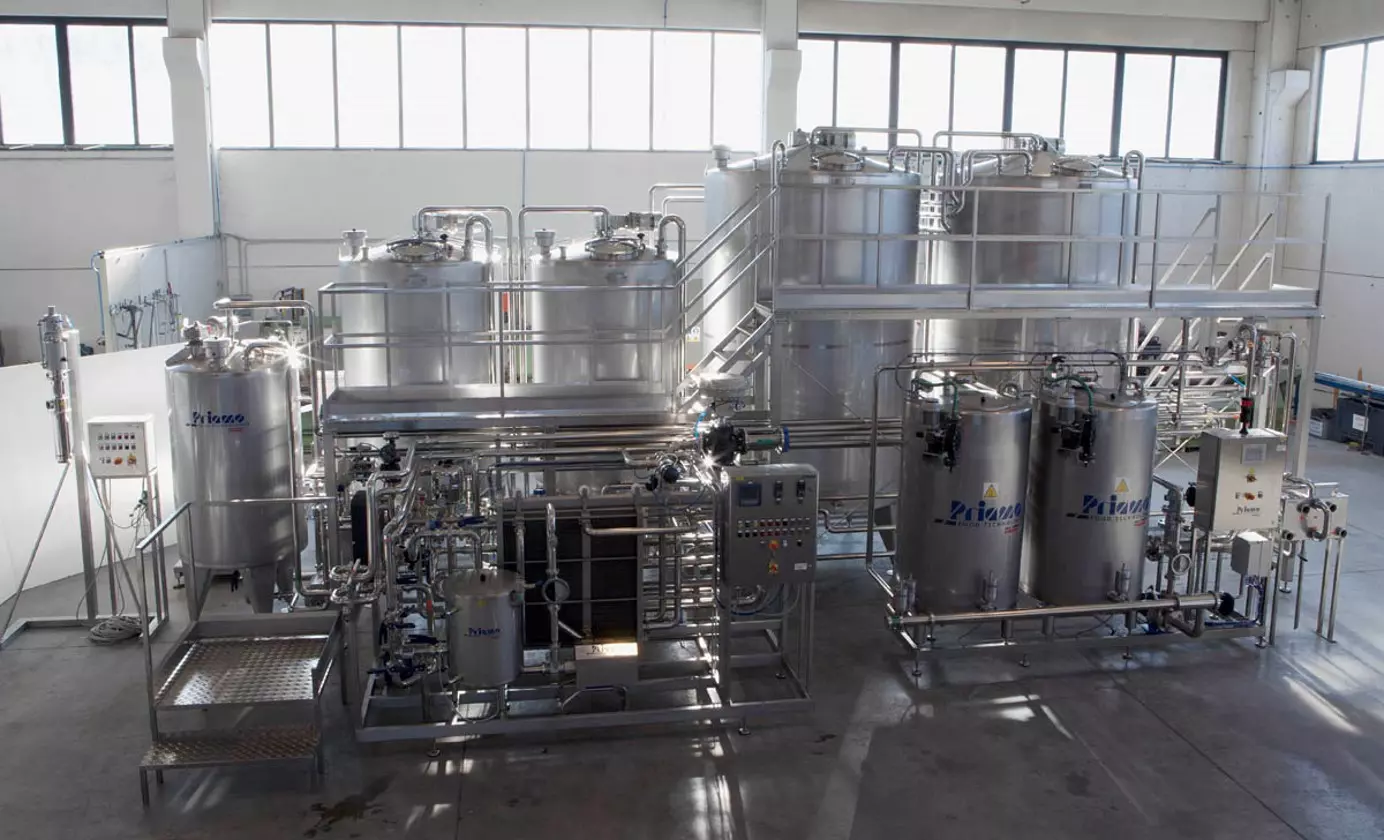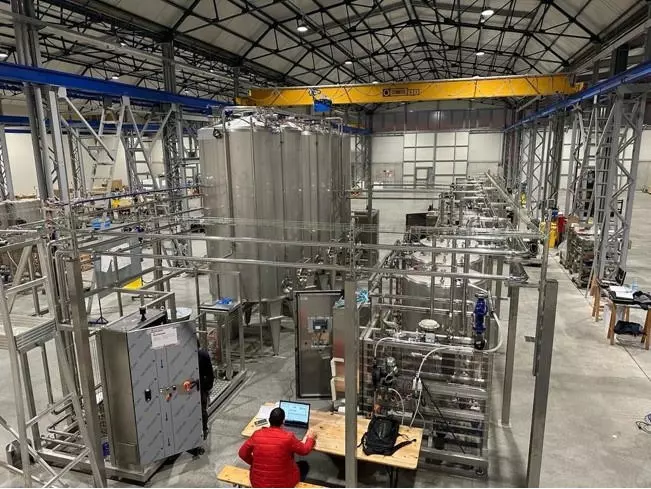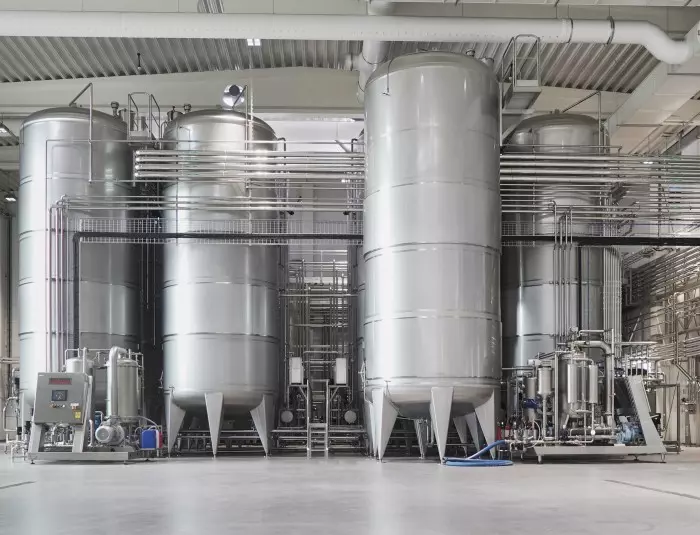
Maintaining Peak Performance: Best Practices for CIP Systems in Dairy Facilities
Since the dairy industry is quite large, you will find all kinds of equipment and machines that are needed for the same. However, unlike other industries, you are working with food and food products when you are talking about the dairy industry.
This means that you need to clean and maintain your industrial equipment much more often as compared to any other industry. To ensure safety of your food products, you need to follow the correct cleaning methods. Thus, we are here with a complete guide on how to optimize clean-in-place (CIP) processes in the dairy industry. So, make sure to go through this guide till the end to learn everything related to the CIP cleaning cycle in the dairy industry.
What is CIP and How Does it Work?
If you are new to the dairy industry, then you might be wondering What is CIP? How does it work? Thus, let’s start with the basics.
CIP, or clean-in-place, is essentially a specific cleaning method used for industrial equipment. Such a method is typically used for industries like dairy, where equipment must be cleaned at the same place on a regular basis. This becomes highly important in the case of dairy equipment since it deals with food products.
When designing a clean-in-place system, the best practices include ensuring maximum hygiene at all times. This includes rinsing, washing, cleaning, and other processes to ensure that every place inside your dairy industrial system is clean and food-safe.
Optimizing Clean-In-Pace (CIP) Processes
Now that you know the basics of CIP processes, let’s see how to optimize clean-in-place (CIP) processes in the dairy industry. While the CIP process itself is common in various industries where downtime is not possible, the CIP process used in dairy industries is highly tailored around milk products.
Since you are working with food products, it is quite important to use the right methods and know how to optimize clean-in-place (CIP) processes in the dairy industry. Some of the common methods used in the dairy industry include:
-
Temperature Control: Extreme temperatures can possibly affect milk and dairy products. Hence, it is recommended to maintain a temperature range of 54.5 to 65.5 degrees Celsius for CIP processes in the dairy industry.
-
Chemical Concentration: To properly clean dairy industry equipment, you will need to use hard chemicals as well. However, since too strong of chemicals can affect your dairy products, a chemical concentration of 0.5-2% is used for caustic chemicals and under 5% for acid chemicals.
-
Cycle Times: Since the cleaning process can take some time, it is important to balance proper cleaning and reduce cleaning time as much as possible. Generally, dairy industries have a cycle time or cleaning time between the rinse and wash cycles of 5 to 60 minutes.
Steps to CIP Procedures in the Dairy Industry
Once you have considered these optimization factors, you can go ahead and start learning how to optimize clean-in-place (CIP) processes in the dairy industry. To perform and optimize the CIP procedures in the dairy industry, you should follow this step-by-step guide:
-
Step 1: You start by pre-rinsing everything to remove any residue of milk or other products.
-
Step 2: This is then followed by a caustic wash that softens fats and further removes stains.
-
Step 3: Now, you have to remove this caustic detergent with an intermediate rinse.
-
Step 4: In case of any leftover stain, you need to go for acid cleaning.
-
Step 5: You can then use deionized reverse osmosis water to wash off the acid agent before using your dairy industrial equipment.
Advantages of a CIP System in Dairy Plants
Whether you have already implemented these CIP procedures or are still learning how to optimize clean-in-place (CIP) processes in the dairy industry, you would want to know the benefits of the same. Hence, are some of the key advantages of a CIP system in dairy plants:
-
Hygiene: The whole point of a CIP procedure is to have your industrial component be food-safe. Hence, the primary advantage is that everything is hygienic and safe for making milk products.
-
Reduced Labor Costs: Since you are not taking apart everything to clean your industrial equipment, you will also save on labor costs. This means that you get multiple advantages of performing a CIP process.
-
Increased Efficiency: Lastly, since you do not have to take apart your industrial equipment to clean it, this also saves time during production. In short, your industrial equipment will be more efficient overall.
Equipment that Benefits from CIP in Dairy Industry
As we have already mentioned, CIP processes are used in the dairy industry to keep everything food safe for dairy products. However, if you know how to optimize clean-in-place (CIP) processes in the dairy industry, then you will get multi-fold benefits from the same. Not only are you keeping the machinery safe for dairy products, but you are also cleaning the equipment and prolonging its life. Hence, by following the correct CIP procedures, you can get better reliability from equipment like:
-
Tanks
-
Pipelines
-
Valves
-
Homogenizers
CIP Implementation in Dairy Industry Facilities
By considering everything explained above, you must now know how to optimize clean-in-place (CIP) processes in the dairy industry. And based on the same optimization process, here is the key CIP implementation in the dairy industry:
-
Cleanliness: The primary need of CIP implementation is to keep everything clean and hygienic for making milk products.
-
Efficiency: You also need to implement CIP procedures if you want to increase efficiency by spending less time on the cleaning process, as you don’t need to take anything apart.
-
Product Quality: Most importantly, if you have implemented CIP processes, your final product will have the best possible quality. This is due to the better quality of hygiene that you get from the correct CIP processes.
Conclusion
Knowing the correct method is crucial when working with dairy products. Hence, we have already provided a complete guide on optimizing clean-in-place (CIP) processes in the dairy industry.
So, if you are a new dairy industry operator, make sure to follow these steps for CIP procedures in the dairy industry. In case you are an experienced dairy industry operation, do let us know your insights on how to optimize clean-in-place (CIP) processes in the dairy industry.




